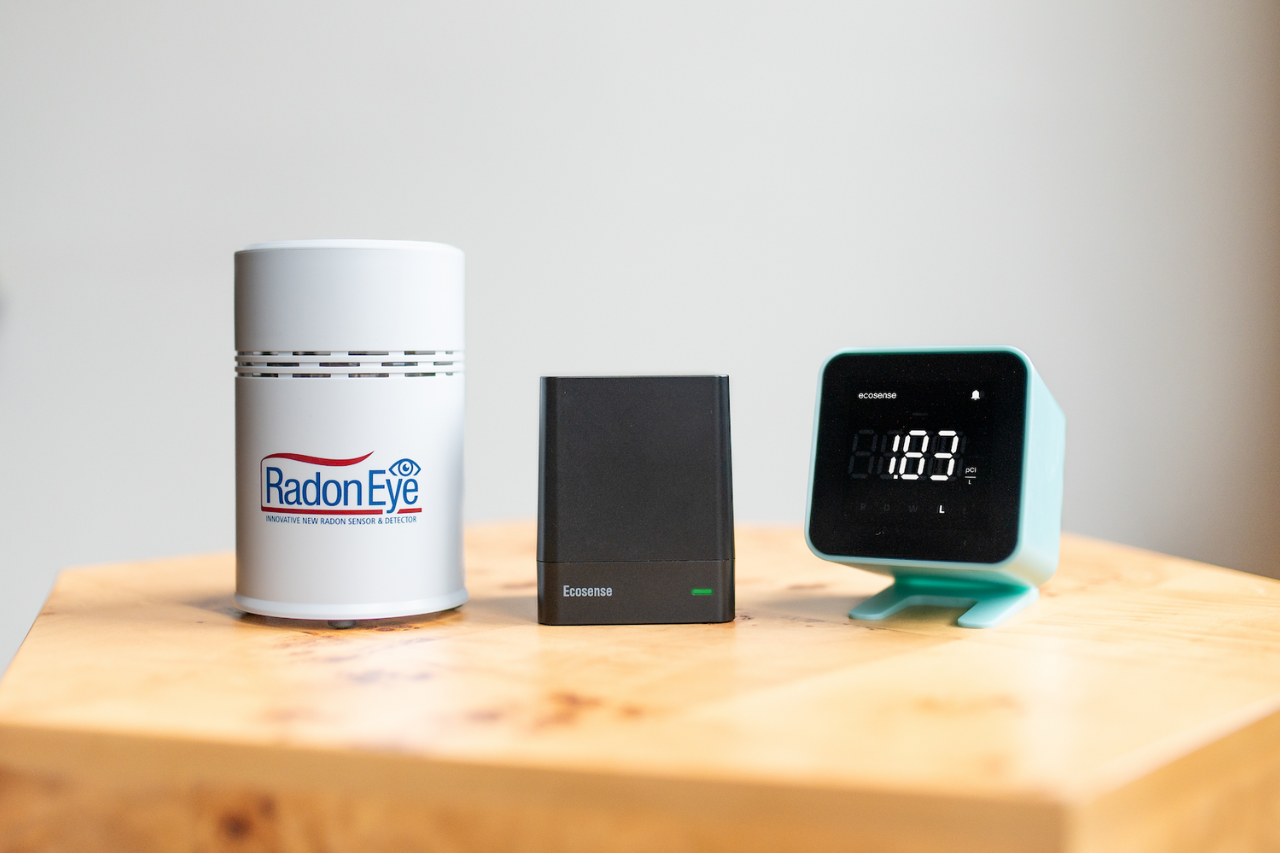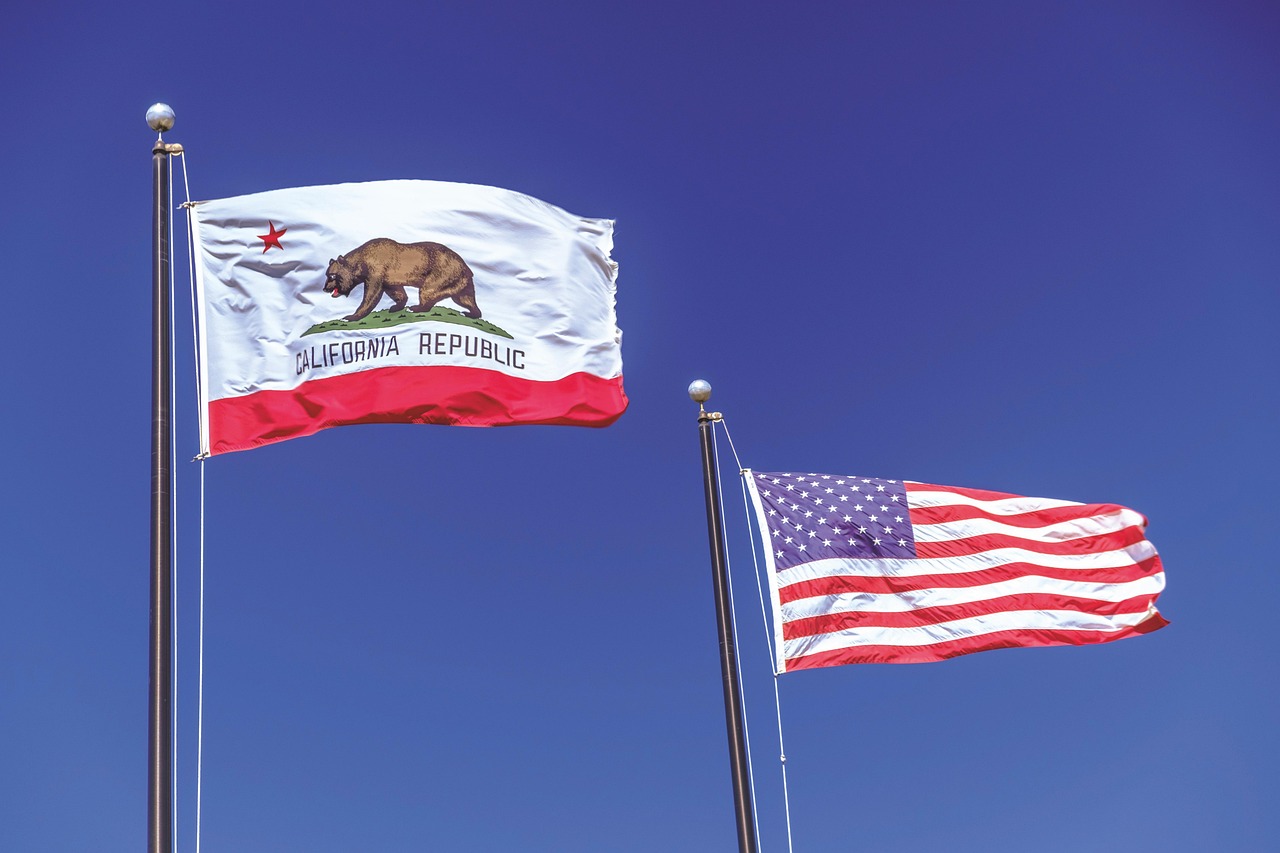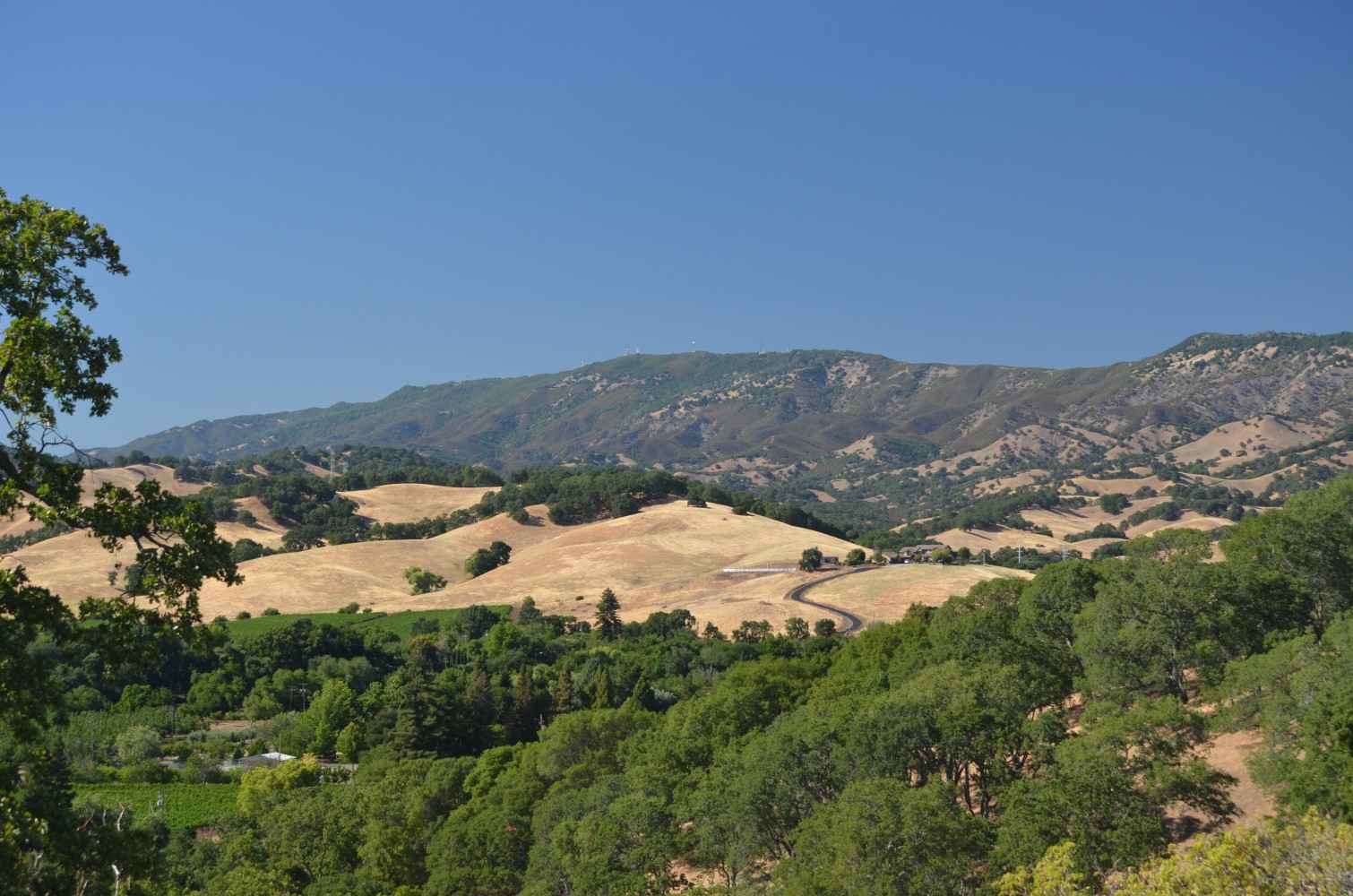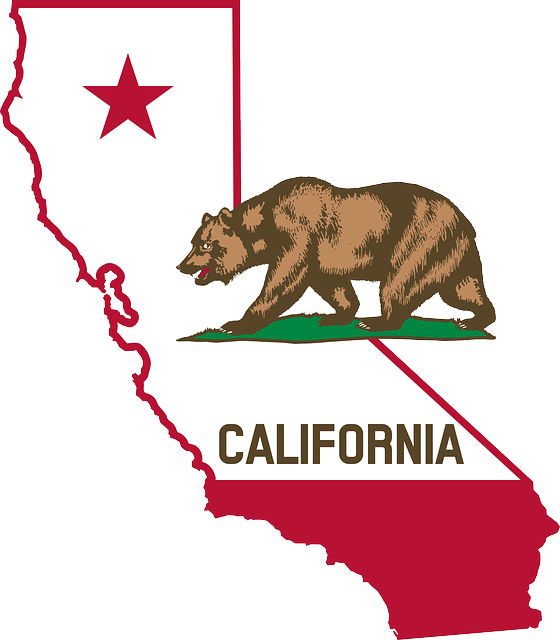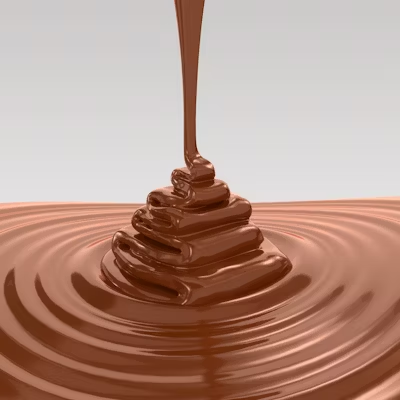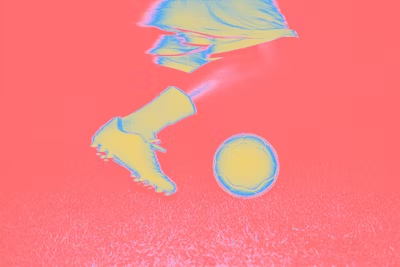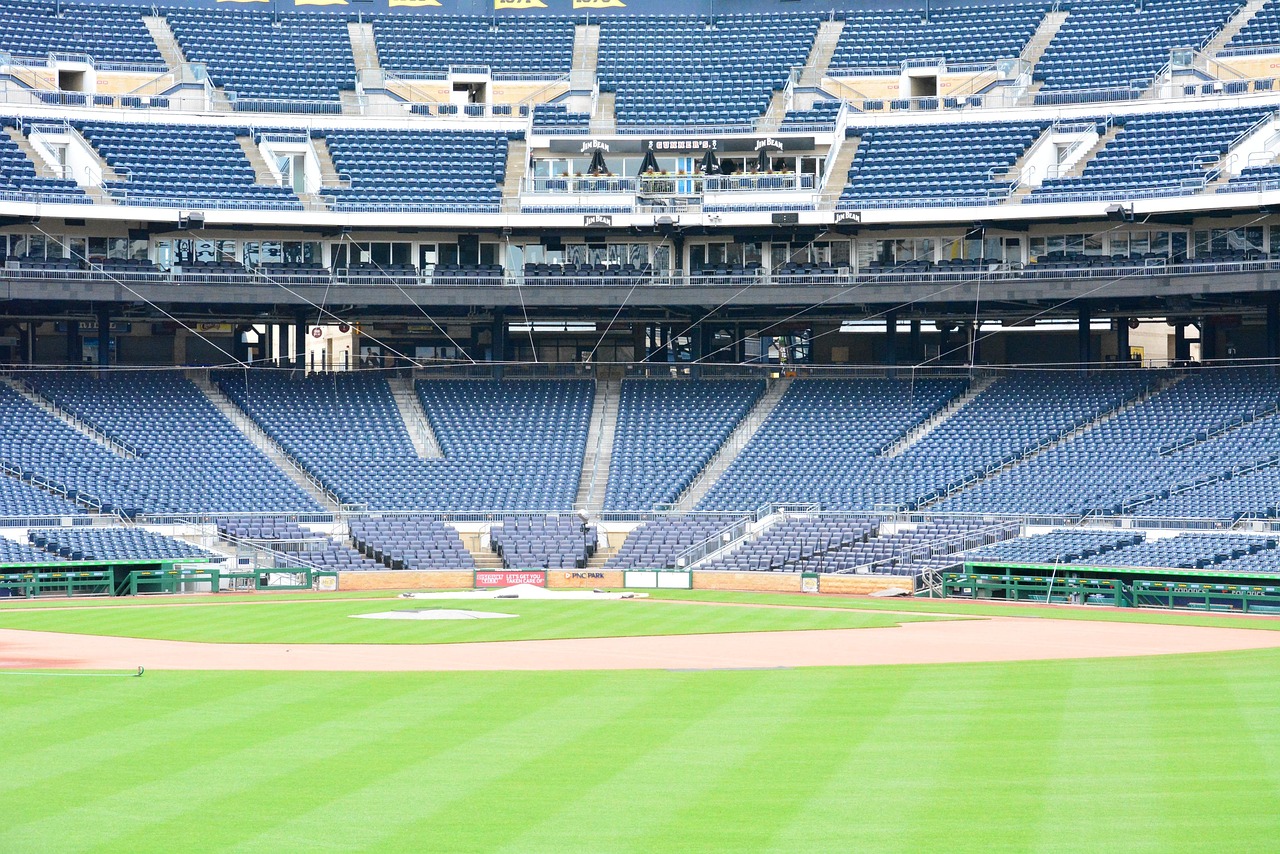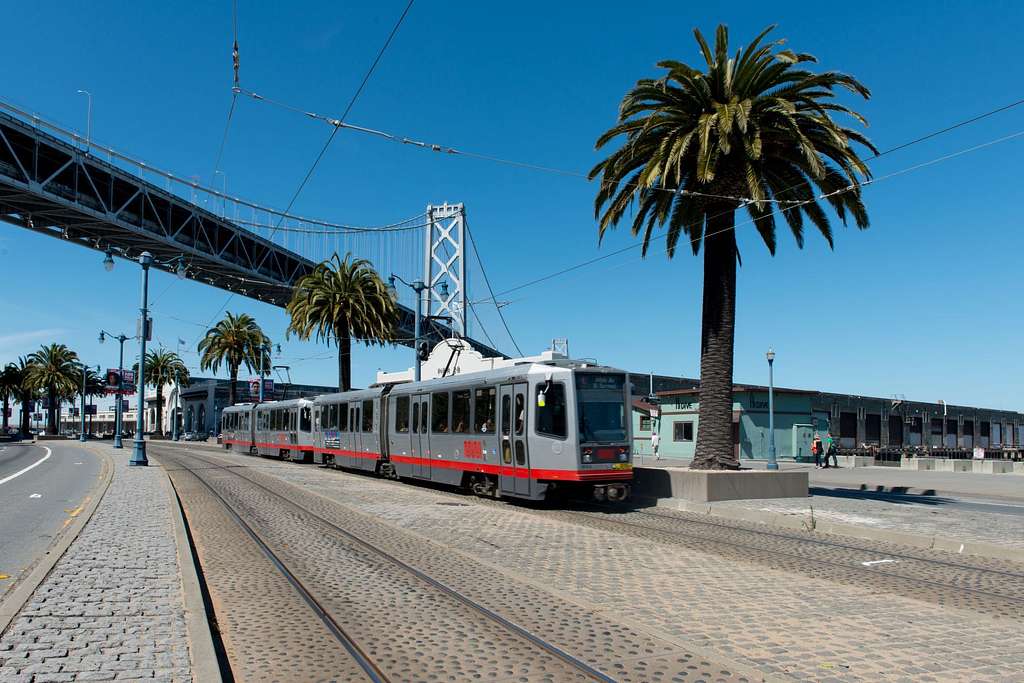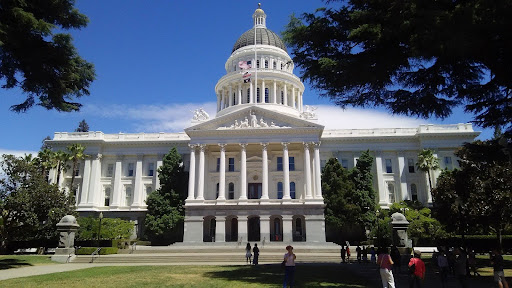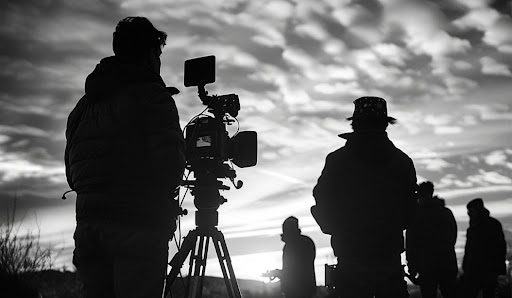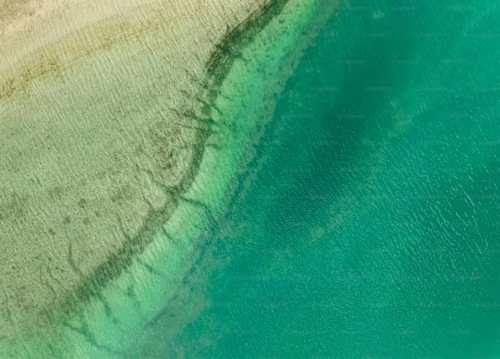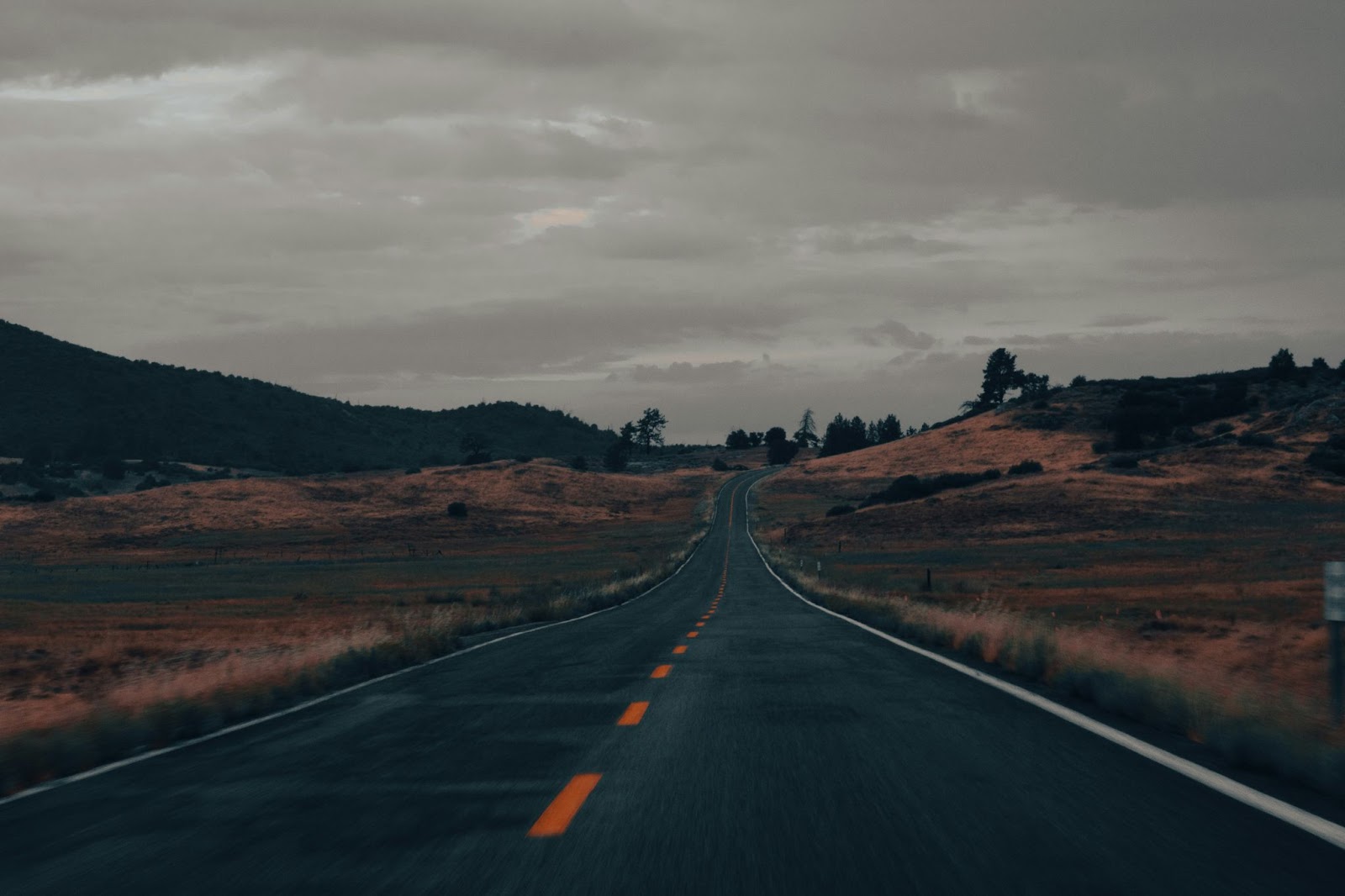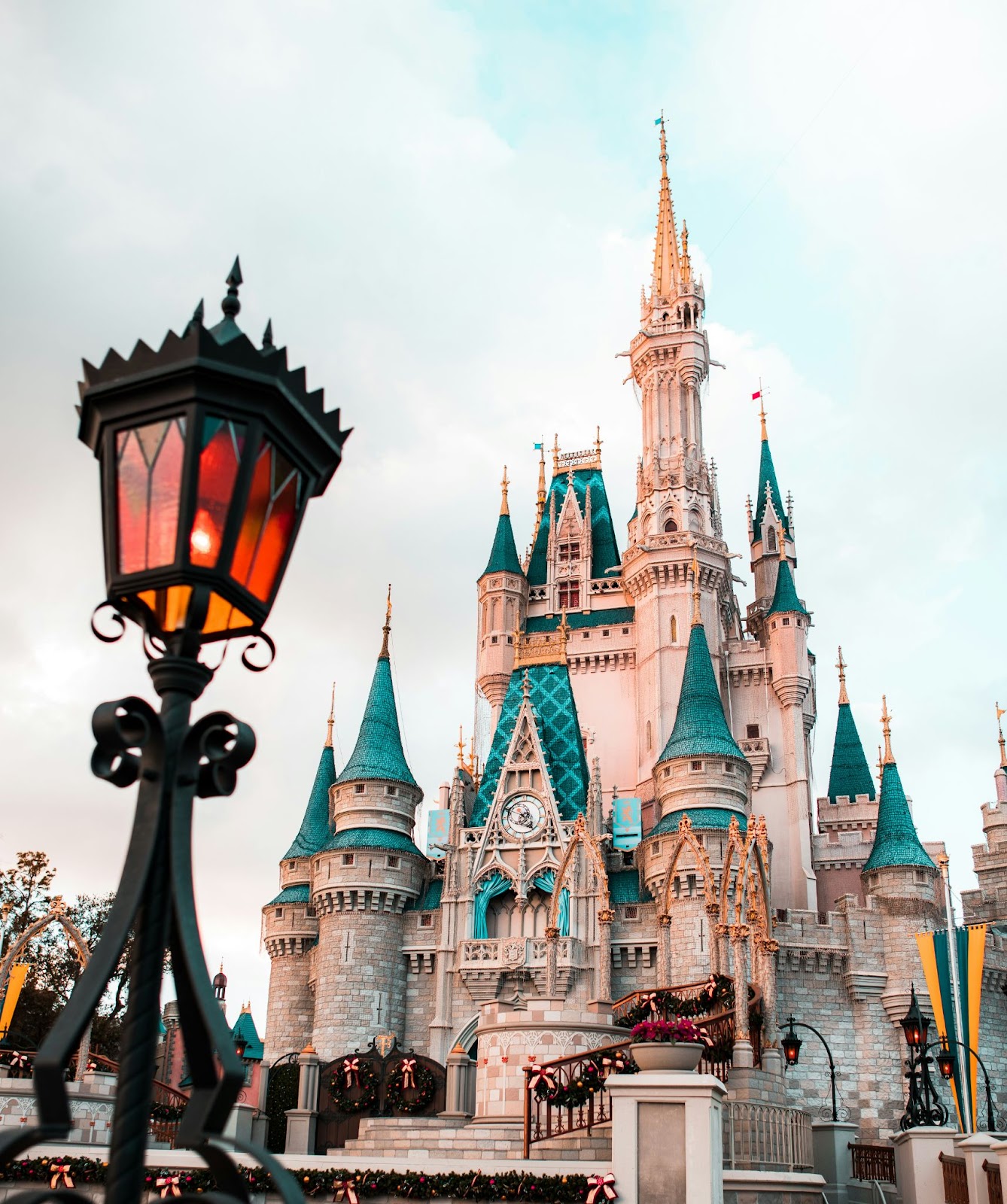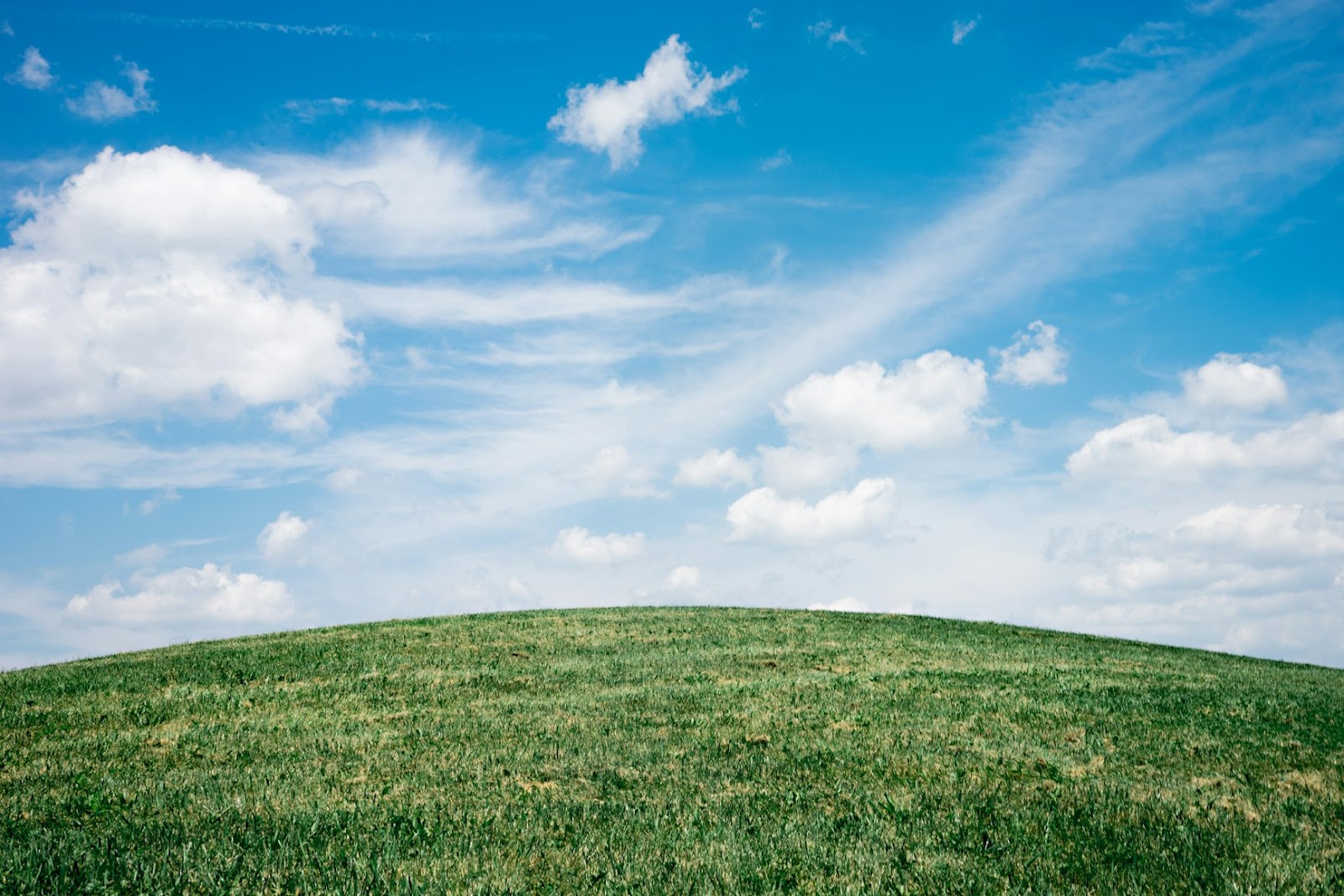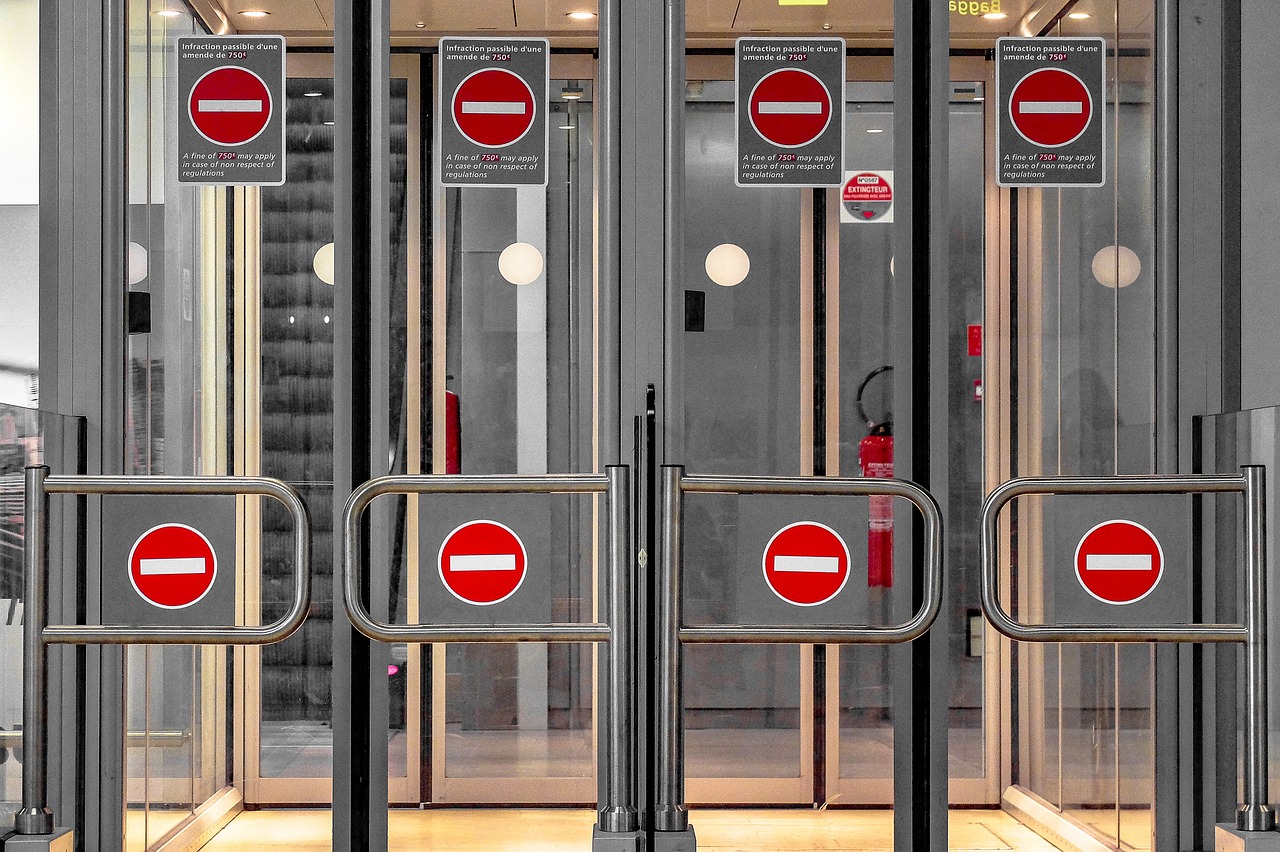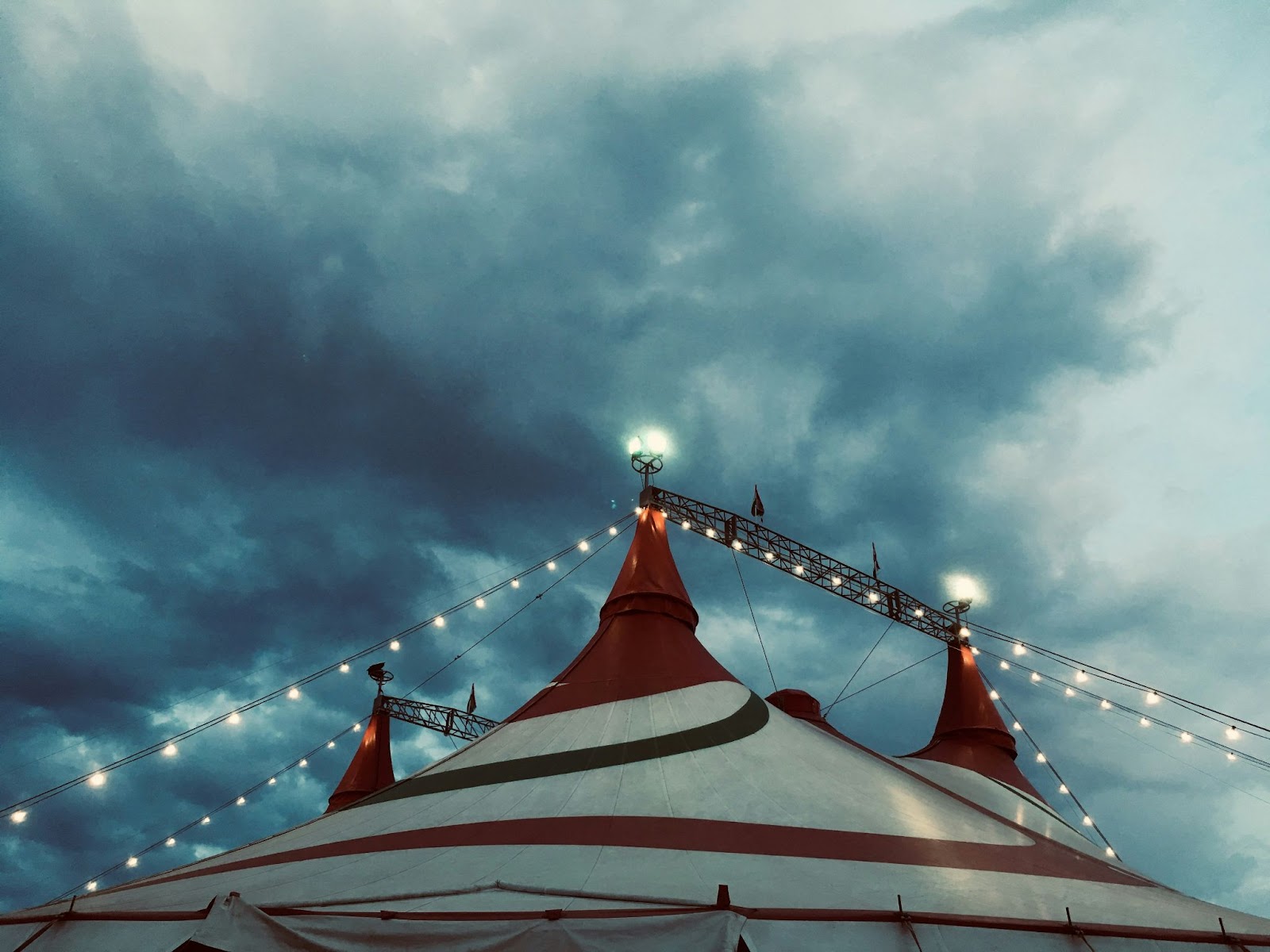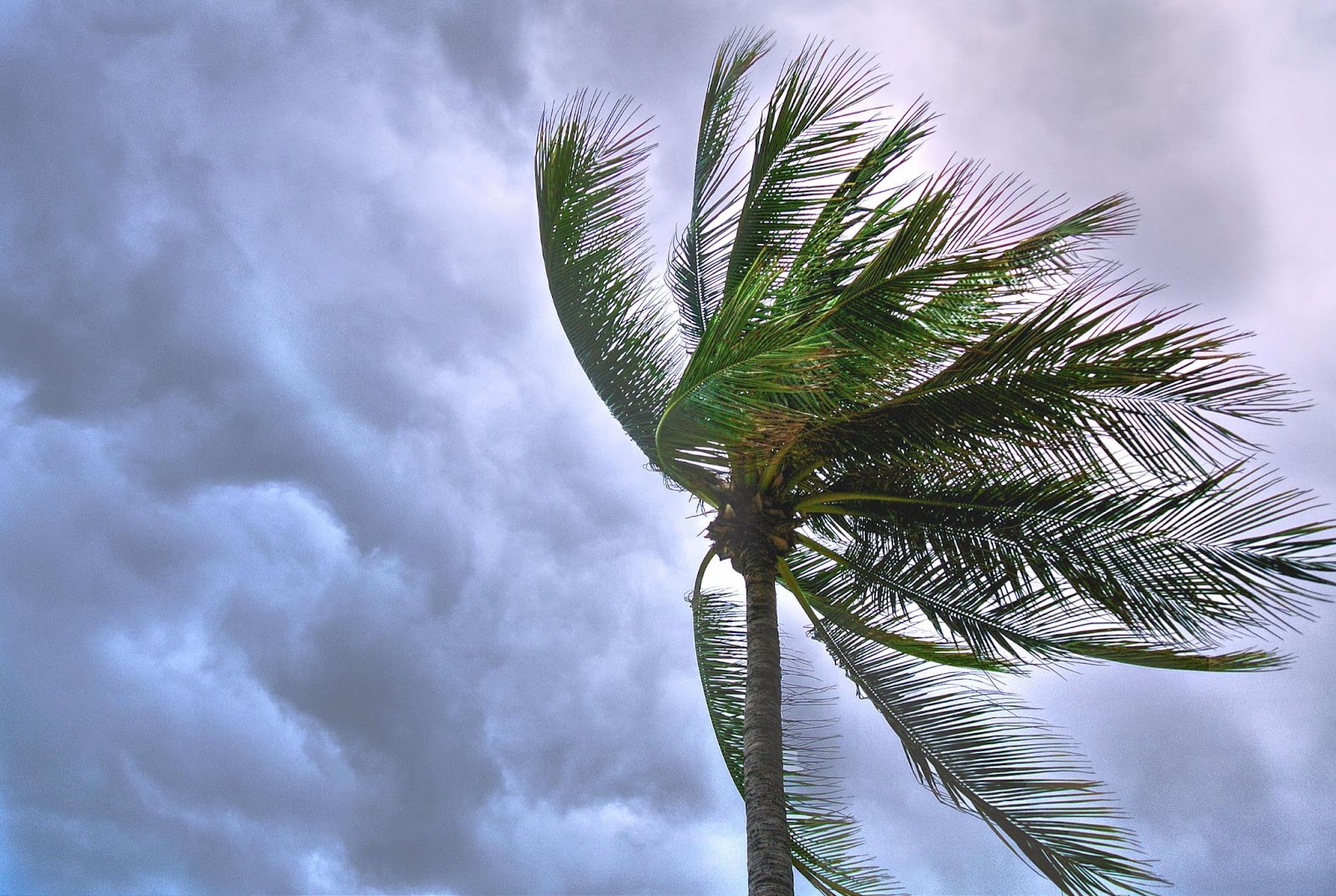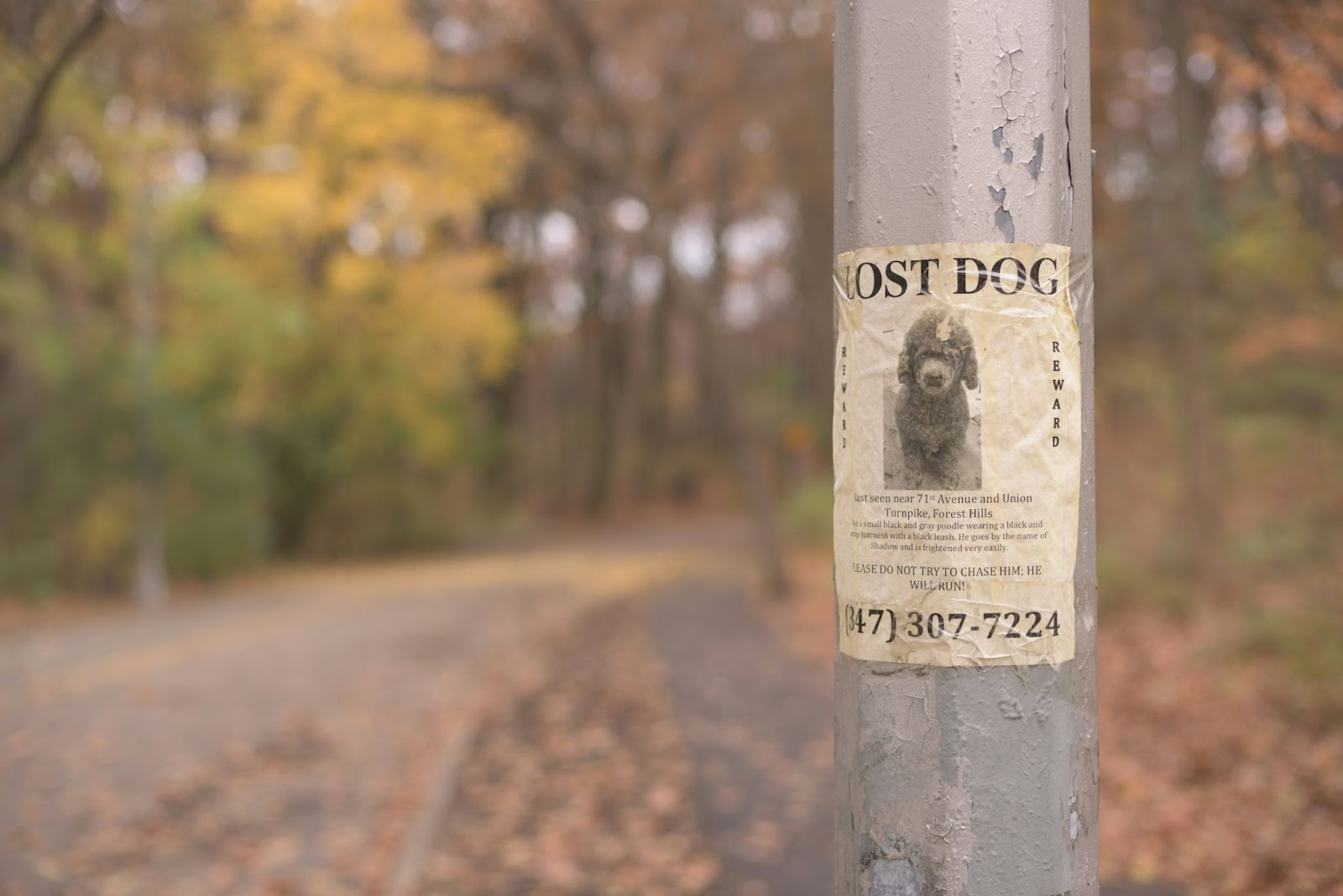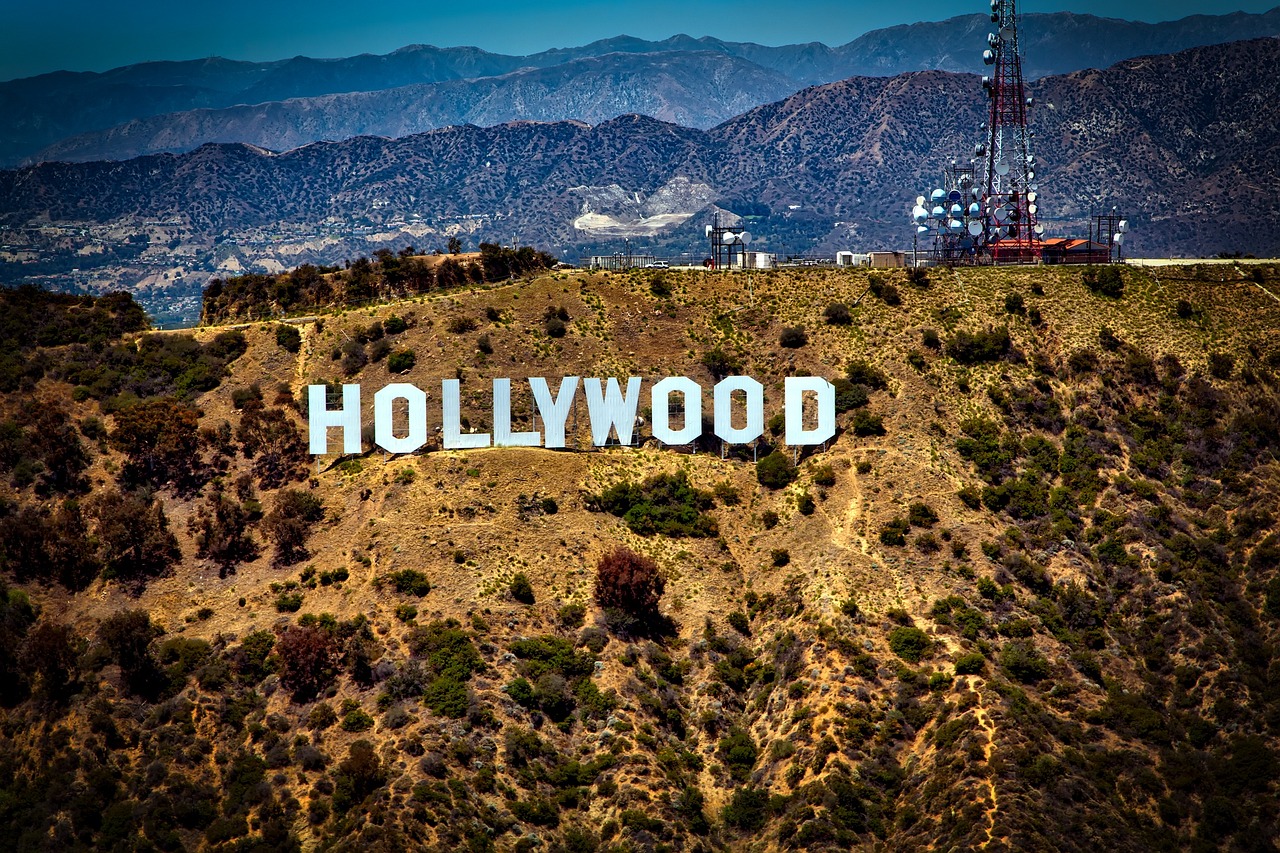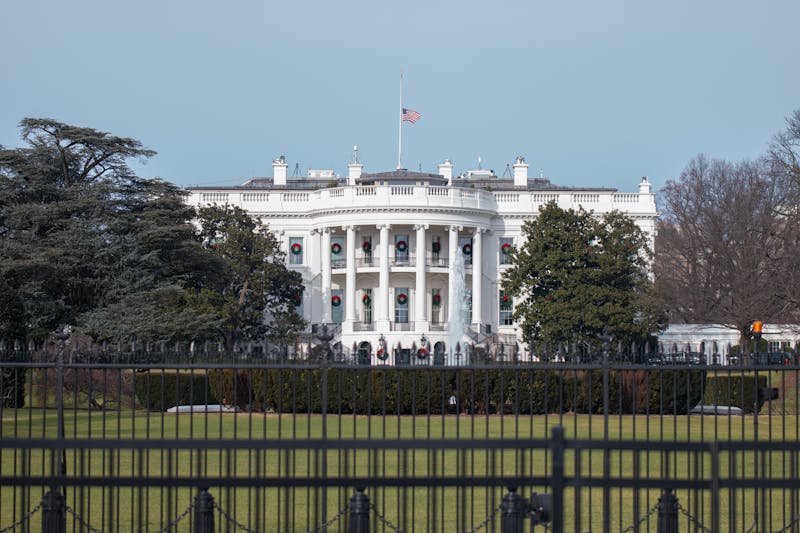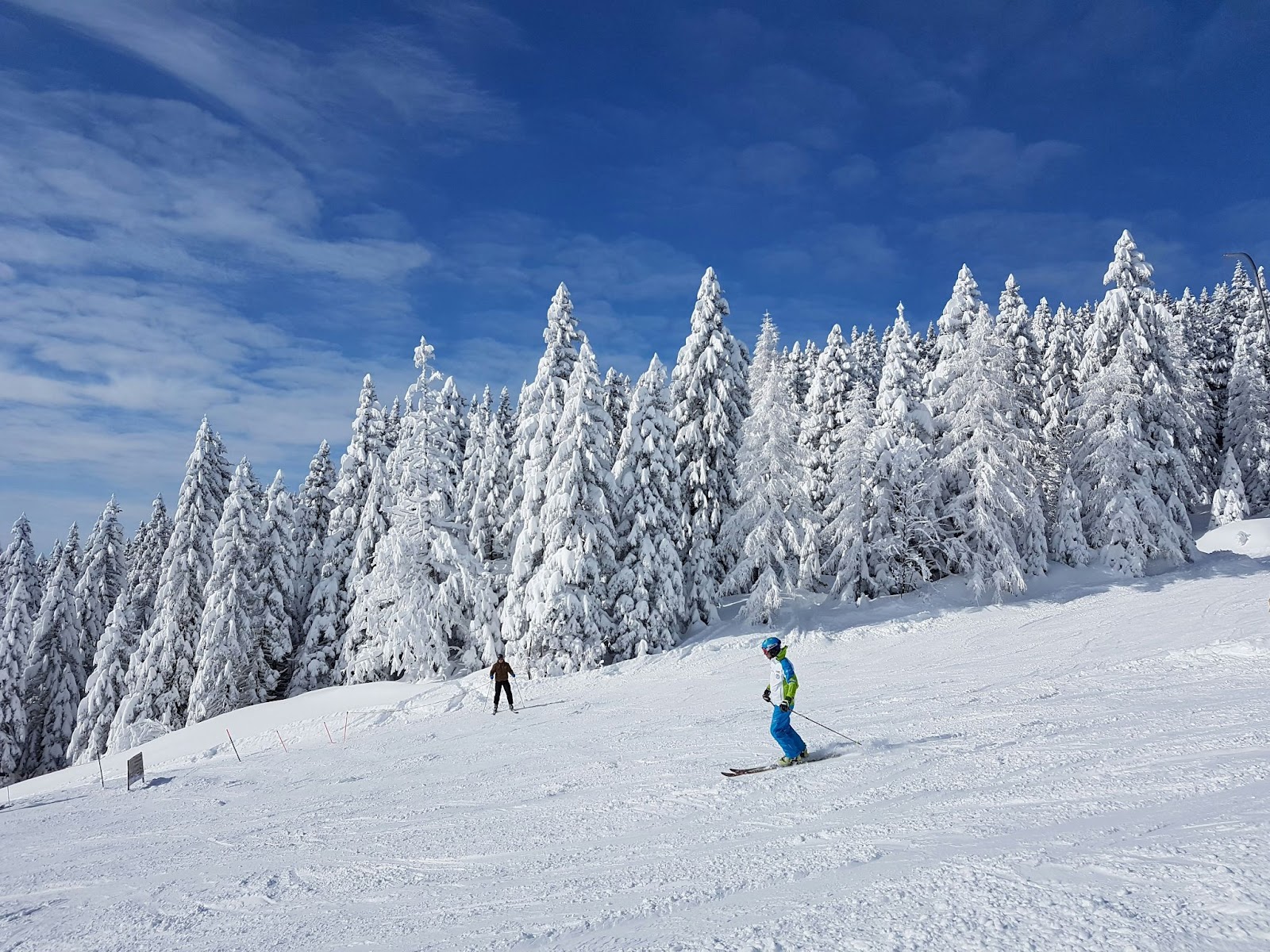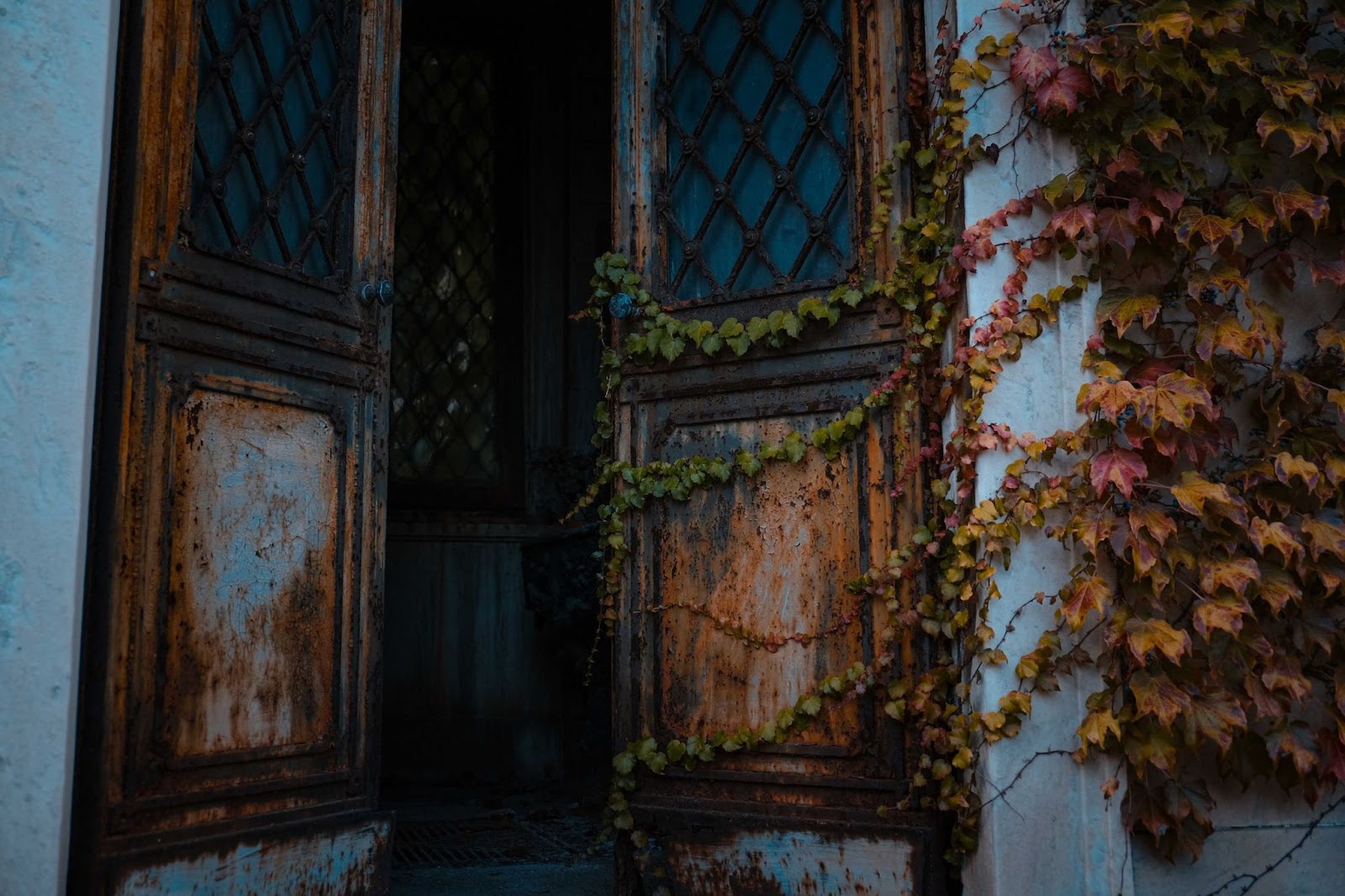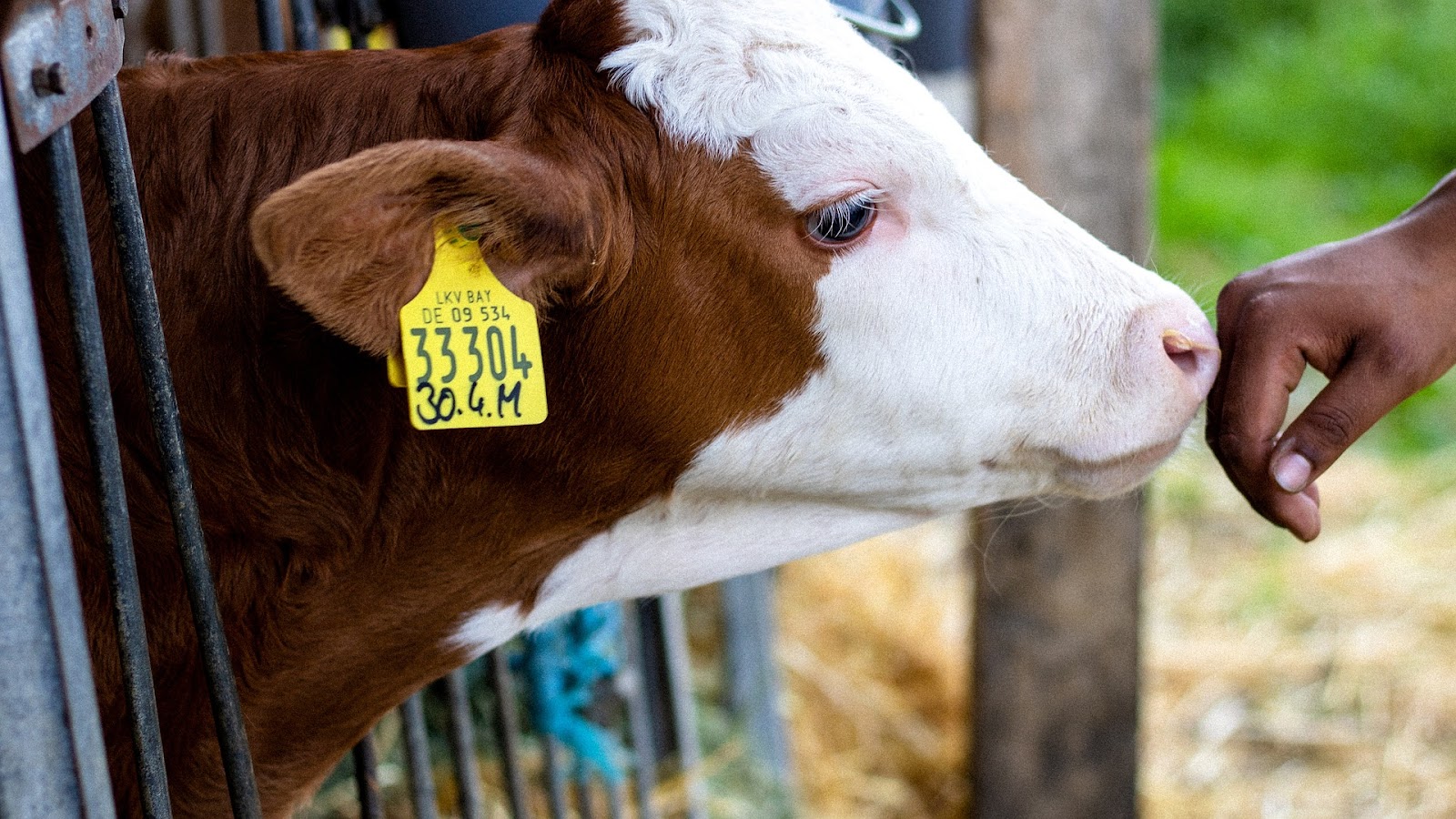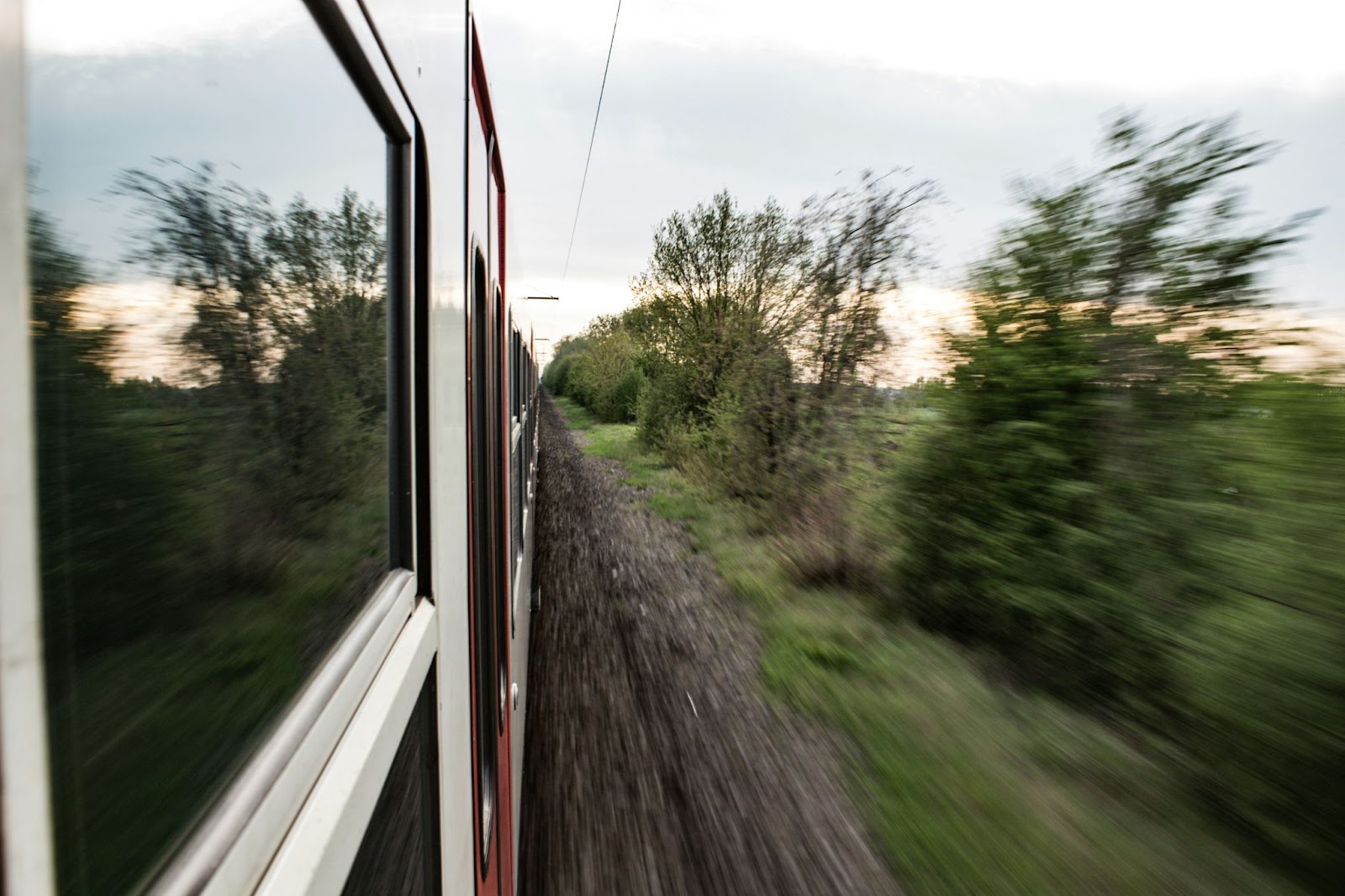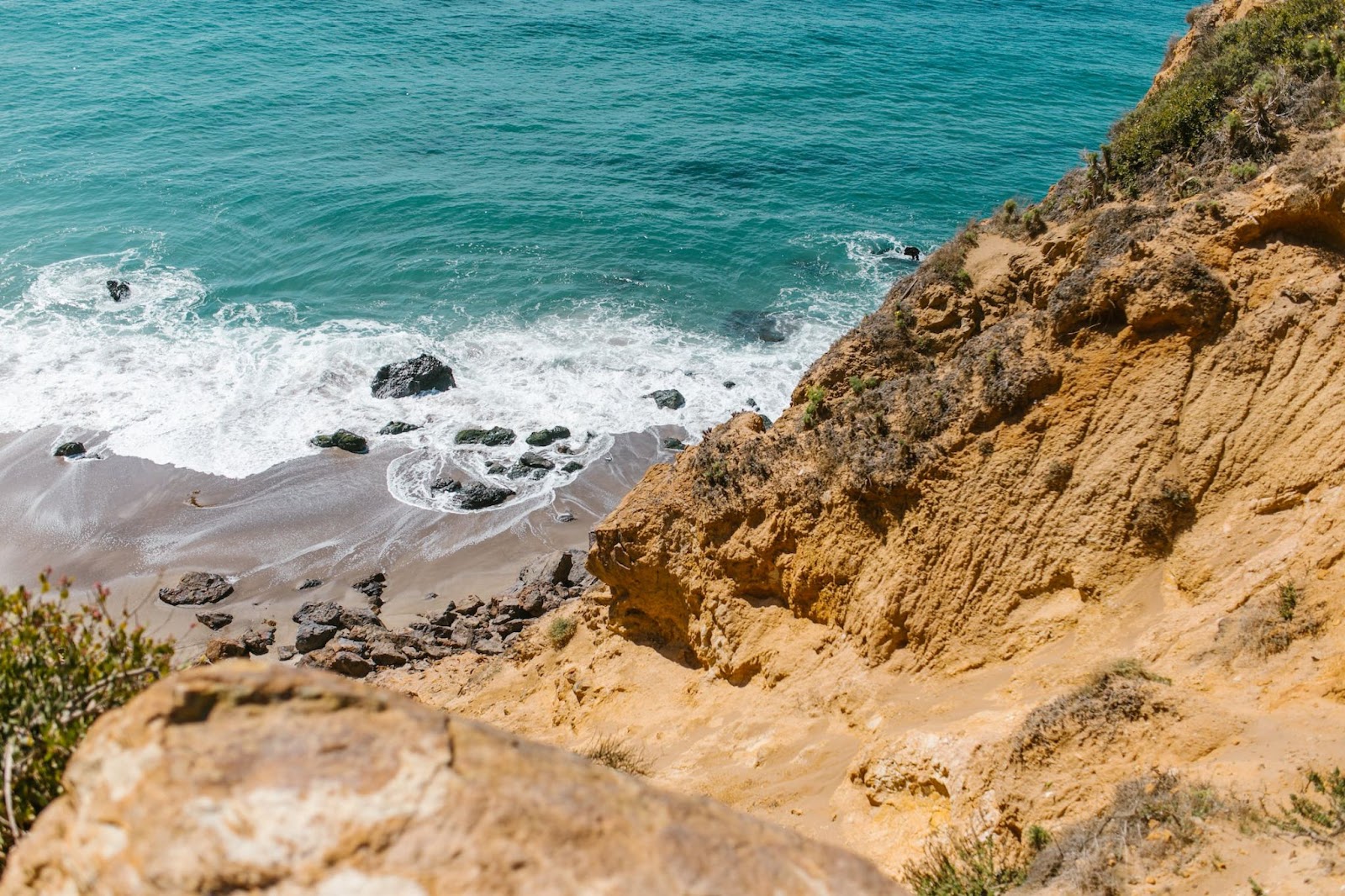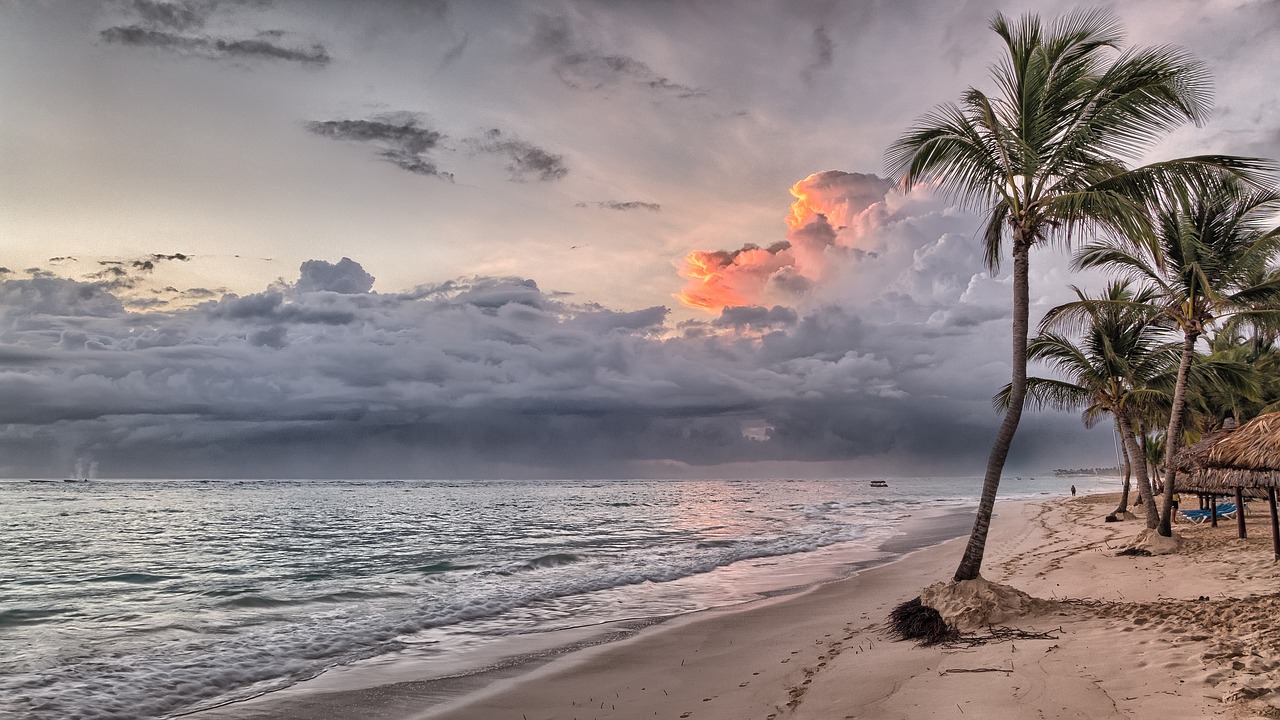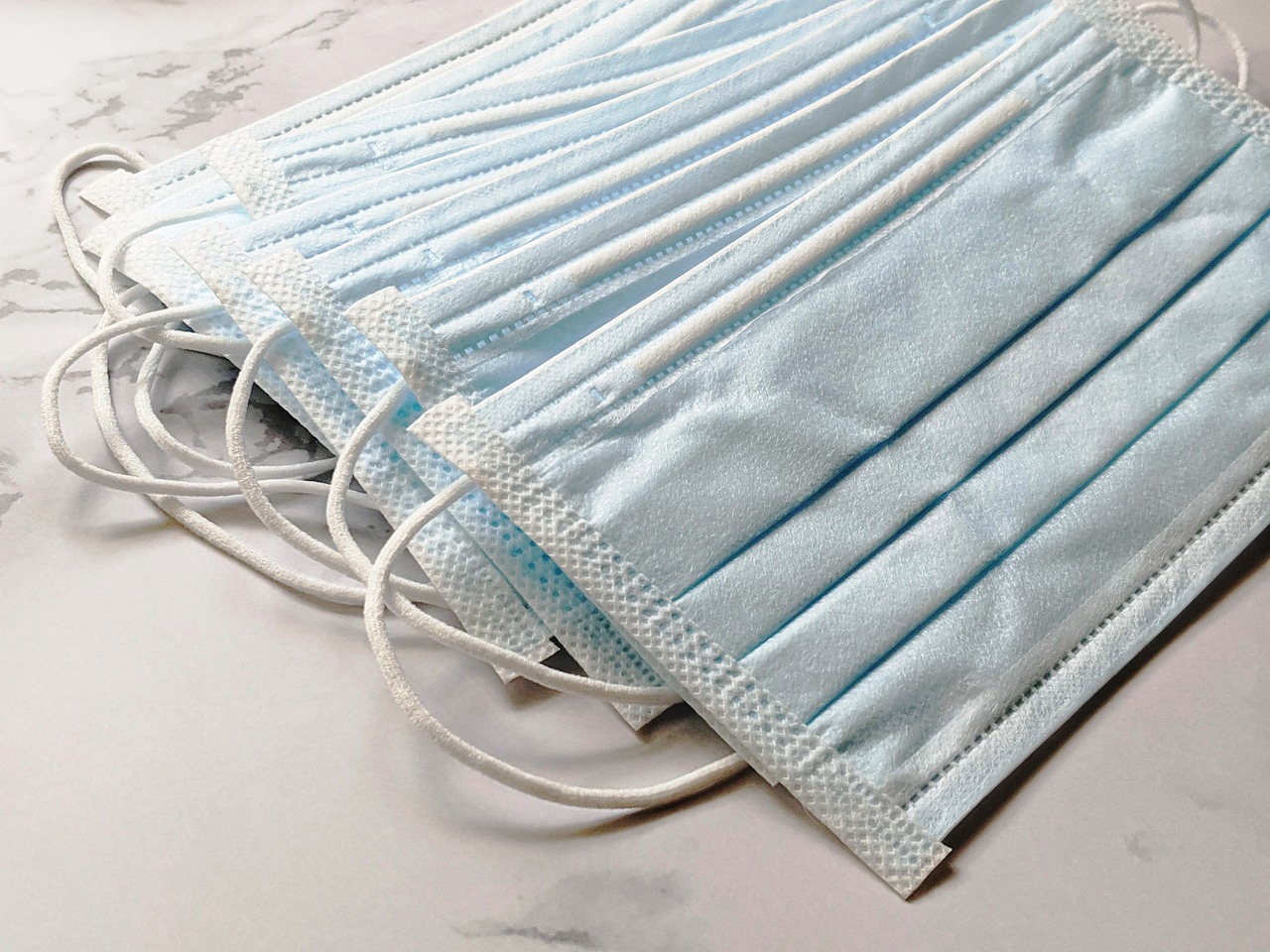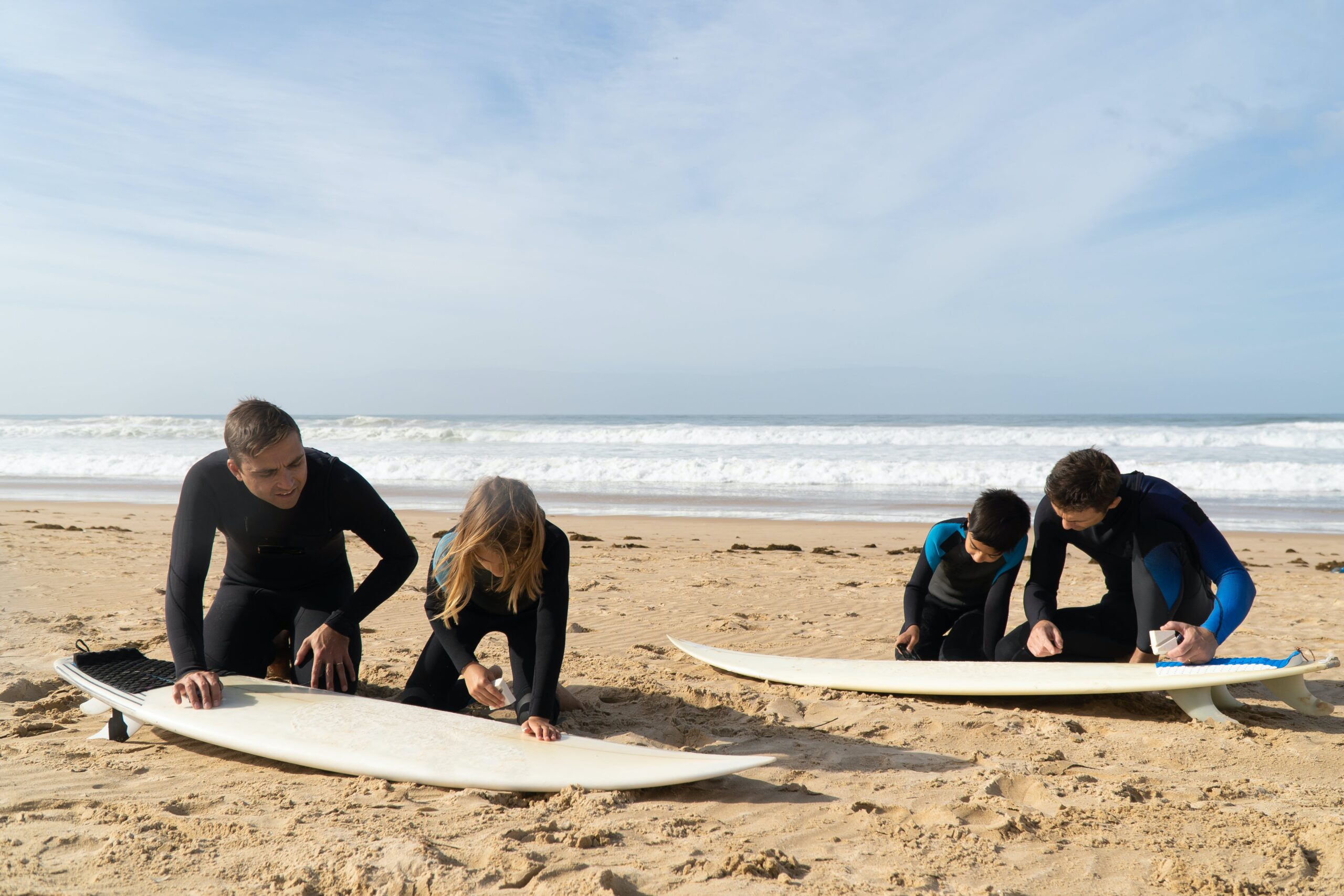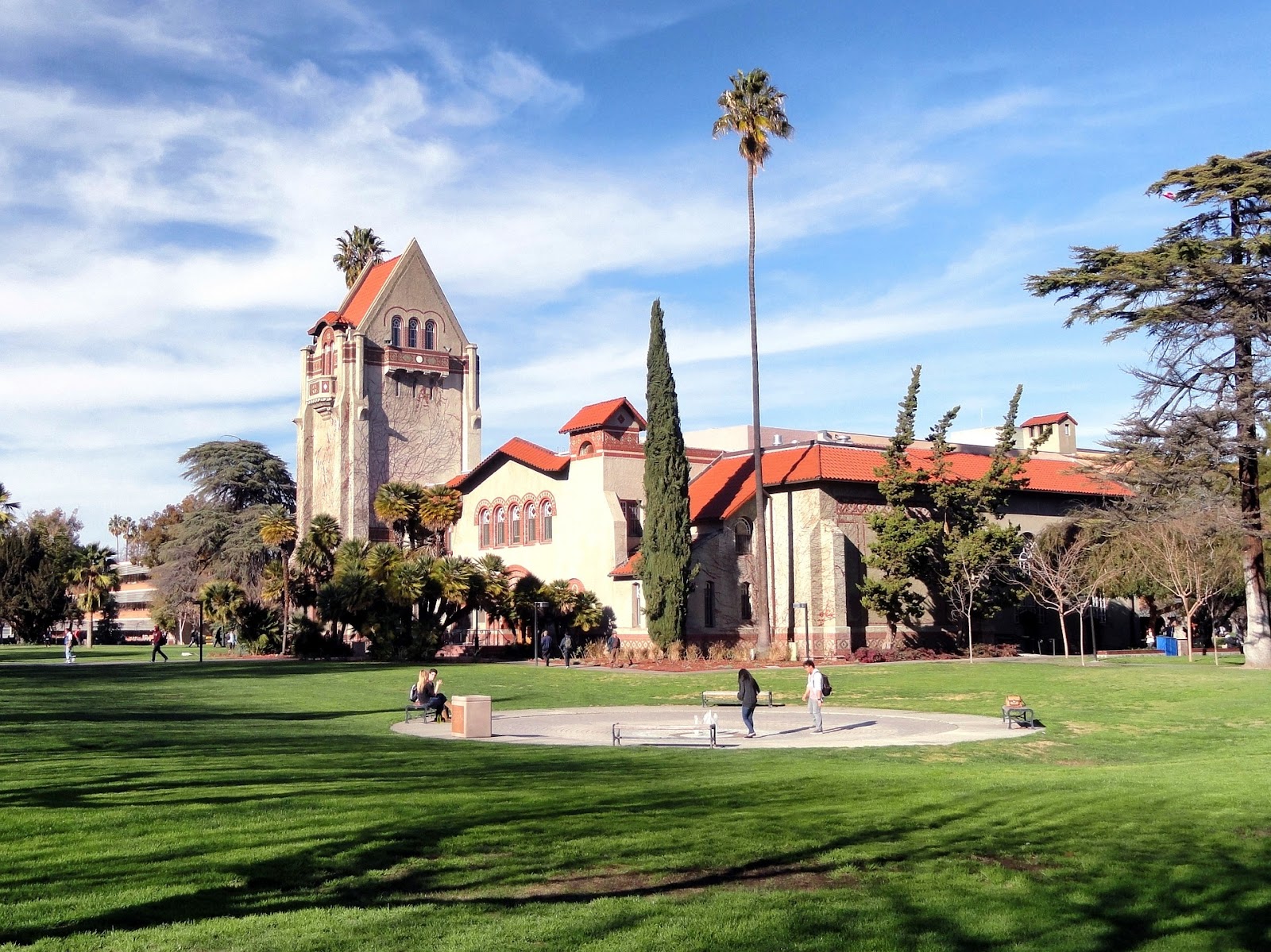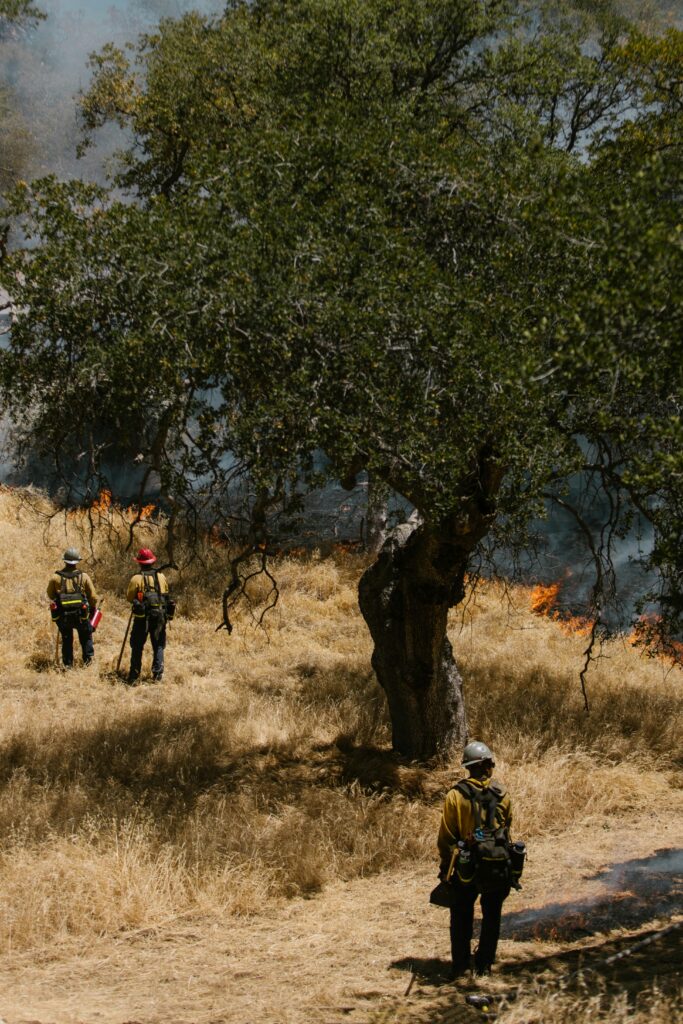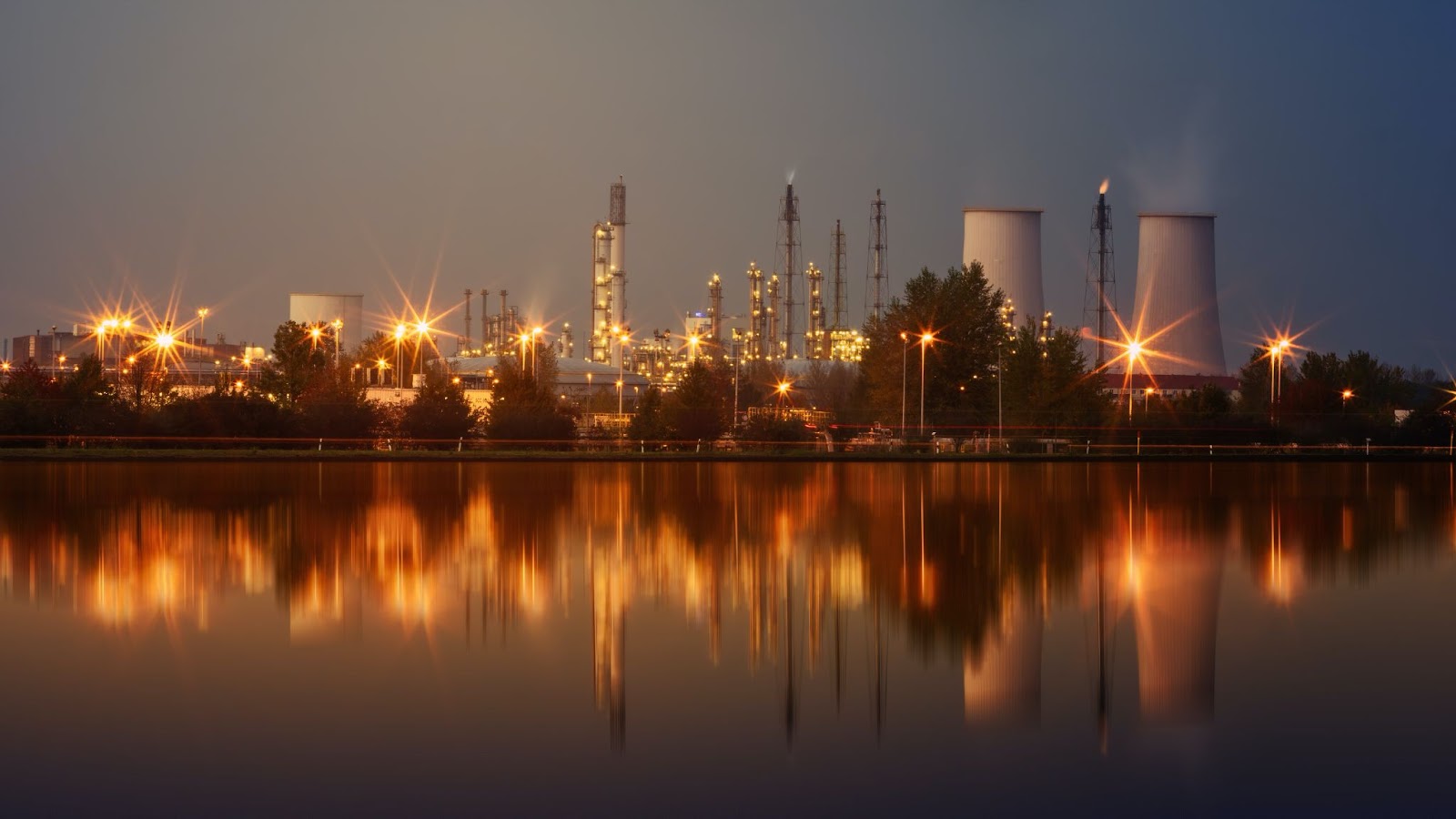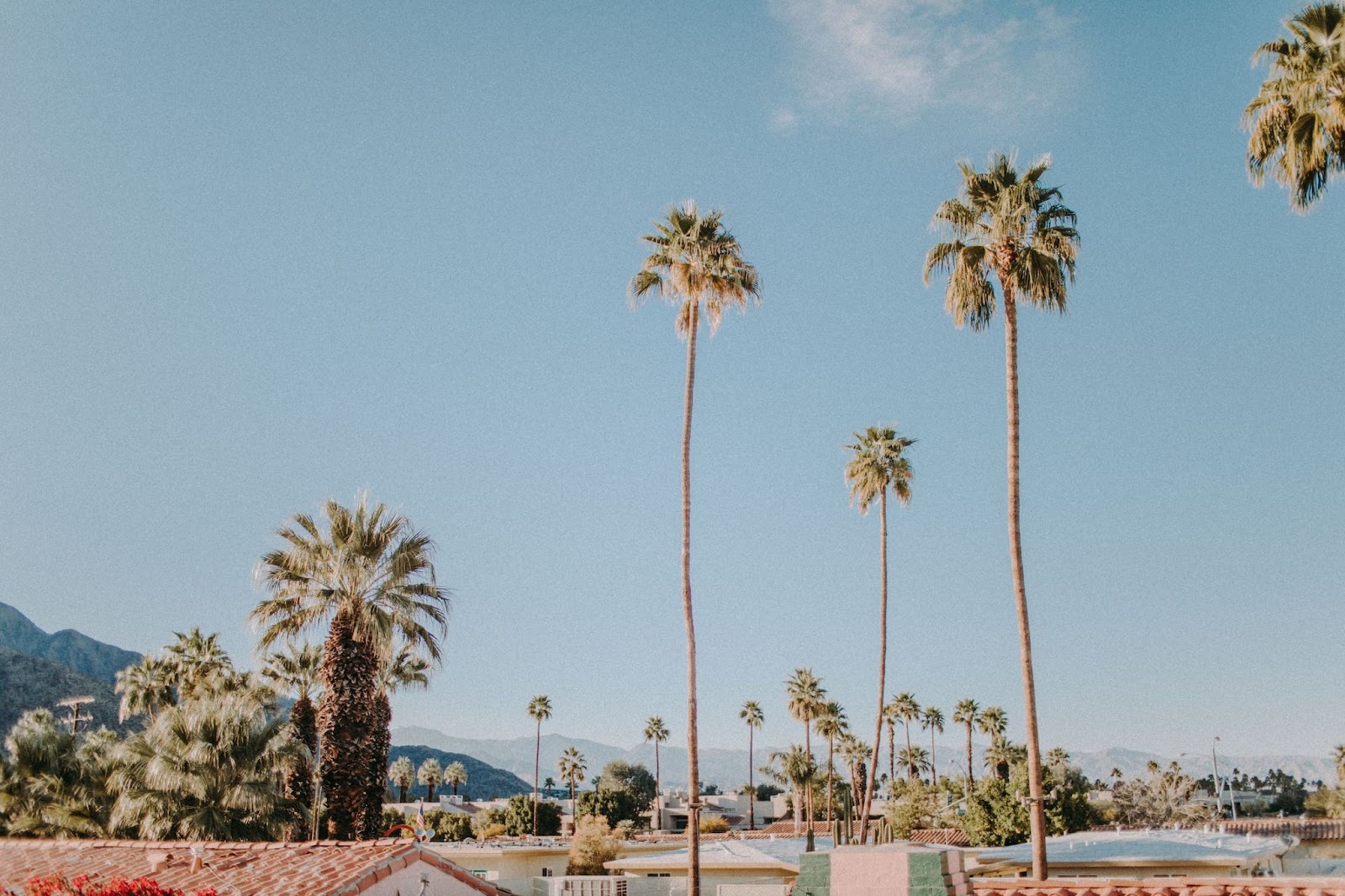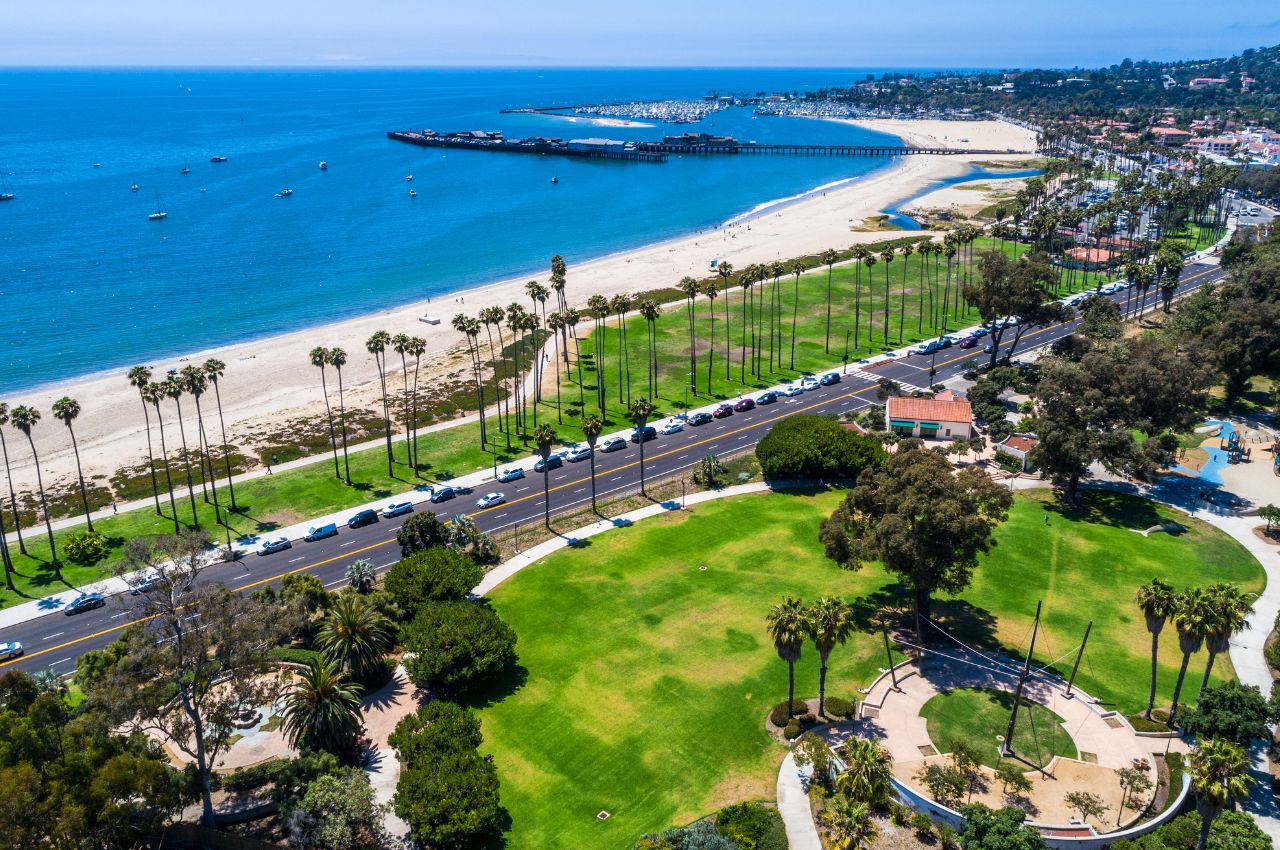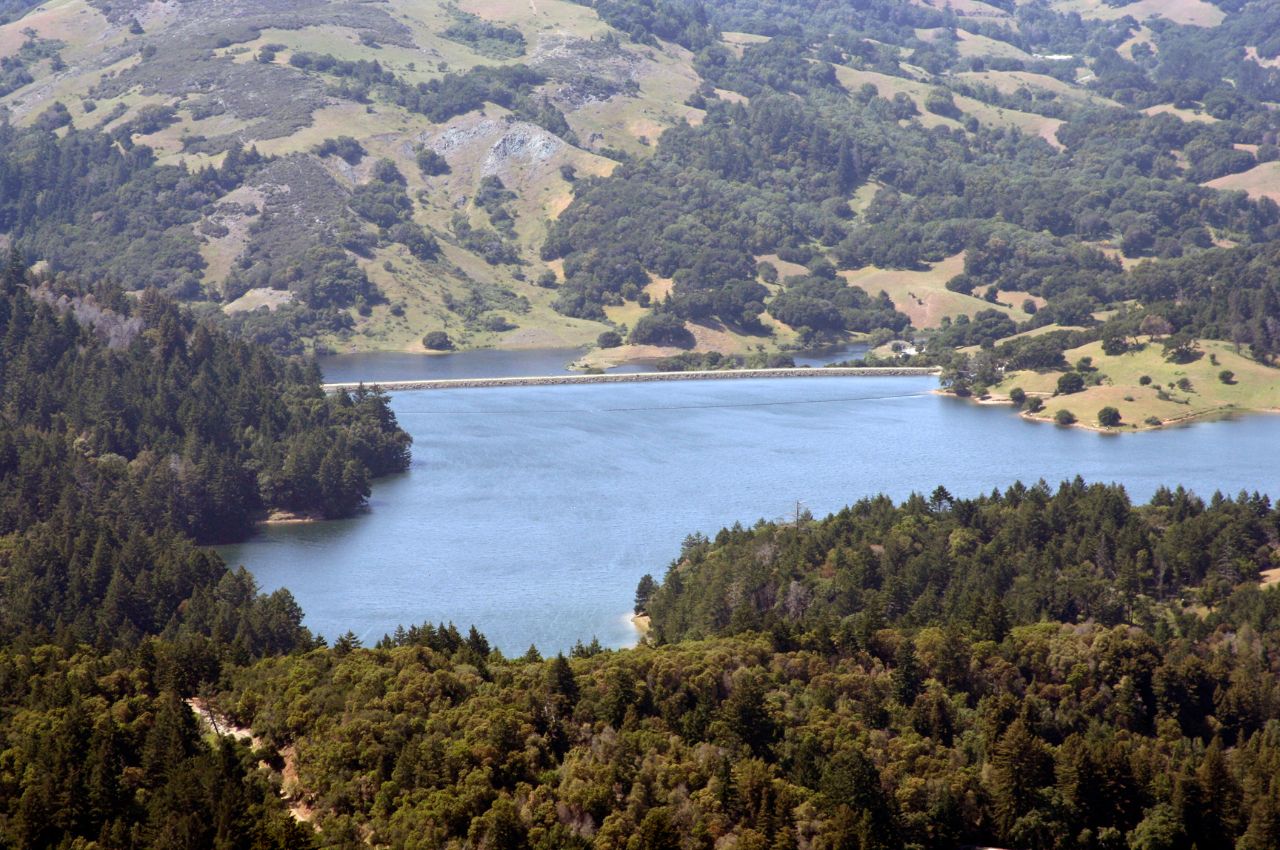In California’s Death Valley National Park, something unusual has happened. A big, shiny pool of water has appeared out of nowhere, turning the empty Badwater Basin into a temporary watery haven. This isn’t an illusion; it’s a natural lake that has popped up suddenly, creating an unusual sight in what’s usually the driest and hottest place in North America.
Formation of the Unexpected Lake in Death Valley
The lake is big—two miles wide and four miles long, but it’s not very deep. It was created by a lot of rain that came down fast. After Hurricane Hilary passed by, it left more than two inches of rain in just one day, which changed this dry basin a lot. The Badwater Basin is the lowest spot in North America, over 280 feet below sea level. It’s usually covered in a thick layer of salt from a huge ancient lake that used to be there. Now, for a short time, it’s covered in water again.
All this water has made the usually dry and brown desert come alive with color. Suddenly, bright orange and yellow wildflowers are popping up. There’s also a bit of green here and there, making the area look less harsh and more alive. This temporary lake has added a splash of color and life you wouldn’t expect to find in Death Valley.
This rare lake is not just a surprising twist from Mother Nature; it’s also a big problem for the park. The heavy rains that caused the lake to form also destroyed 1,400 miles of roads in Death Valley. The damage was so bad that the park had to shut down for almost two months. Now that some of the roads are fixed, and people can get through, they can see this unique lake in the desert. But they need to hurry—the lake is vanishing as the desert heat encourages rapid evaporation, with predictions suggesting it may disappear by the month’s end.
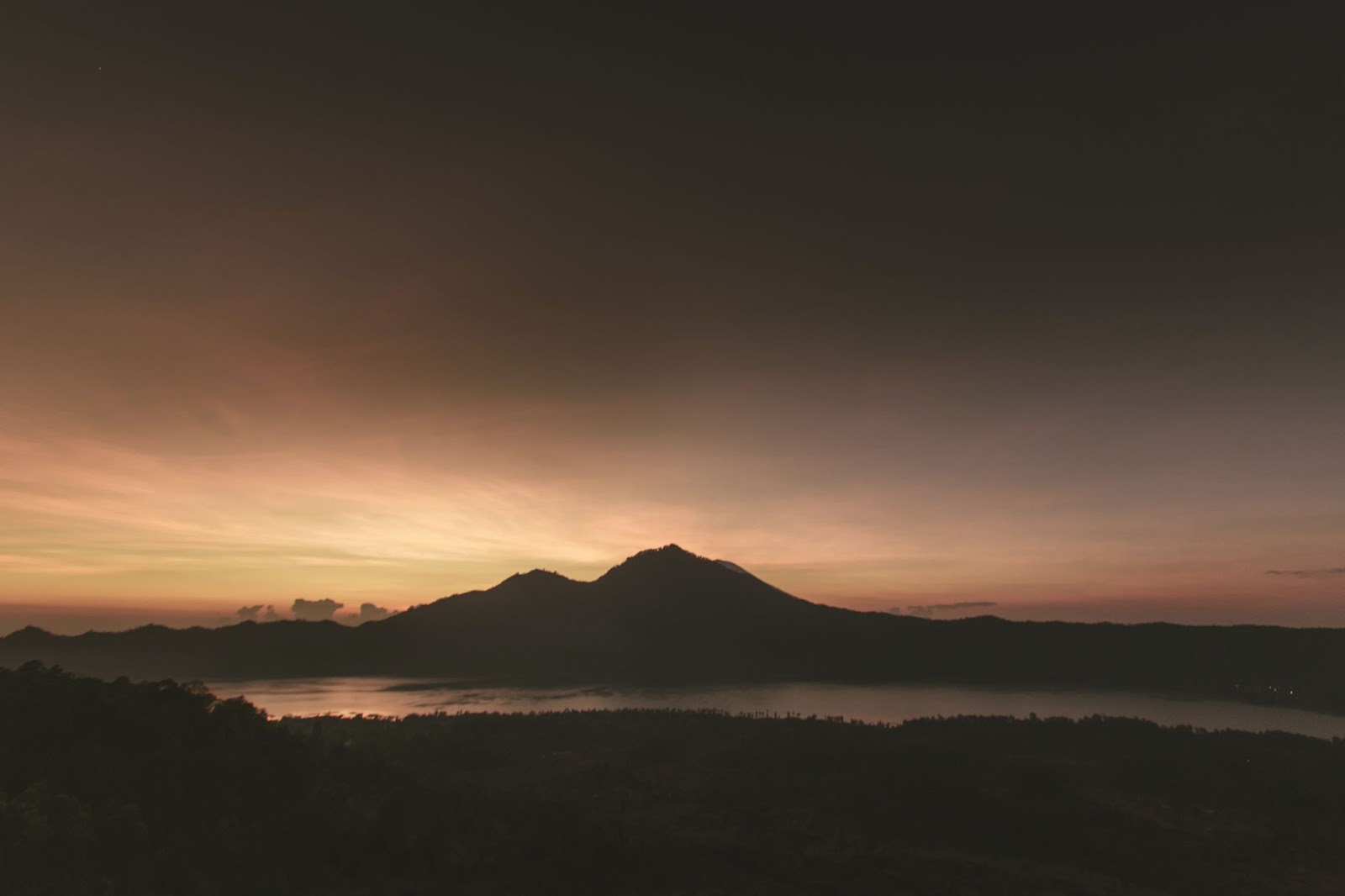
Impact and Observations of the Temporary Lake
Laura Cunningham, who has lived near the park for many years and helps run a group that looks after the desert, hasn’t lost her shock at such events. Upon the park’s partial reopening, Cunningham seized the chance to observe the lake firsthand. “This area is pretty stark, and so when you see a lake in it, you know, it’s sort of joyful,” she told NPR—a mirror reflecting the grandeur of Telescope Peak, an 11,000-foot mountain, upon its still waters.
Cunningham also connects what’s happening now with what happened in the past when the desert got more rain and looked very different. She notes the positive impact on local wildlife, with bighorn sheep flourishing amongst the wildflowers and natural springs reinvigorated, creating a brief period of abundance in an often inhospitable environment.
As Death Valley National Park slowly starts to let visitors back in, this temporary lake is like a special surprise that reminds us of the park’s deep history with water. The park isn’t fully open because they’re still fixing many roads, but the chance to see this unique lake is drawing people in. The National Park Service isn’t sure how long the lake will stay around—they think it might only be there until mid-November, so for anyone wanting to see this amazing sight, it’s best to go sooner rather than later.







